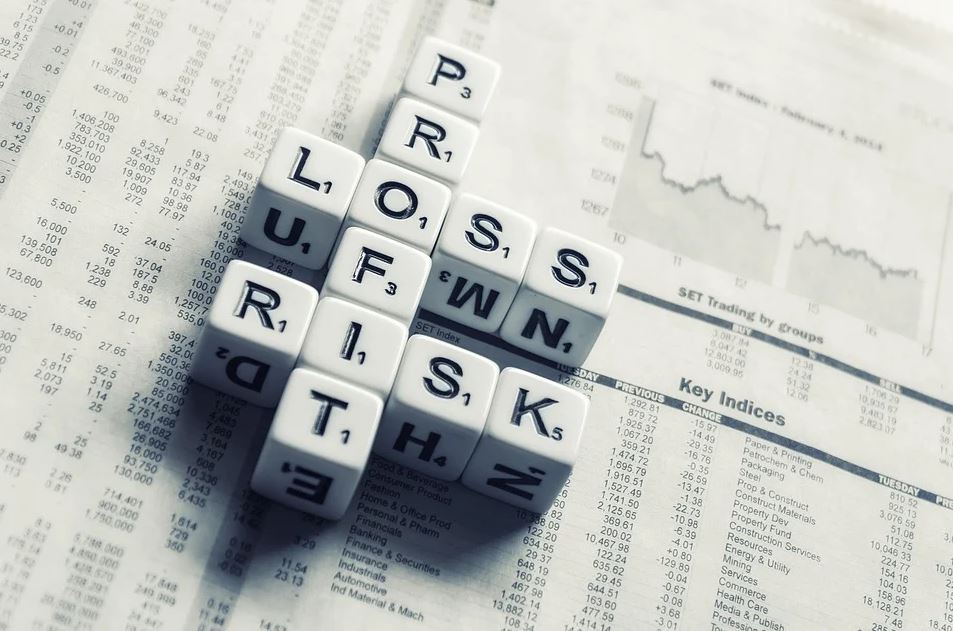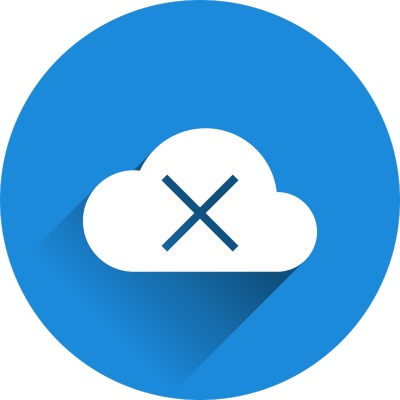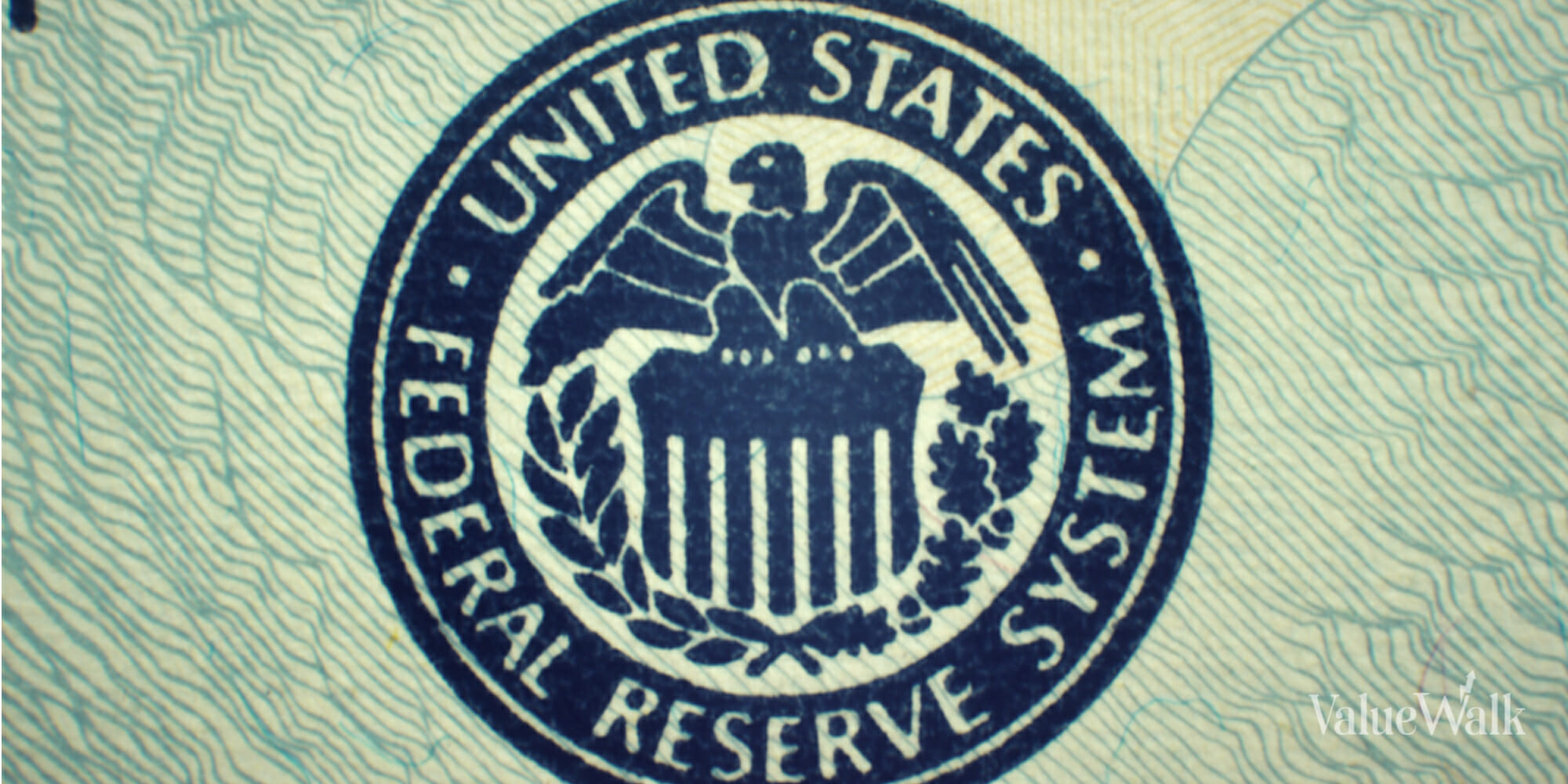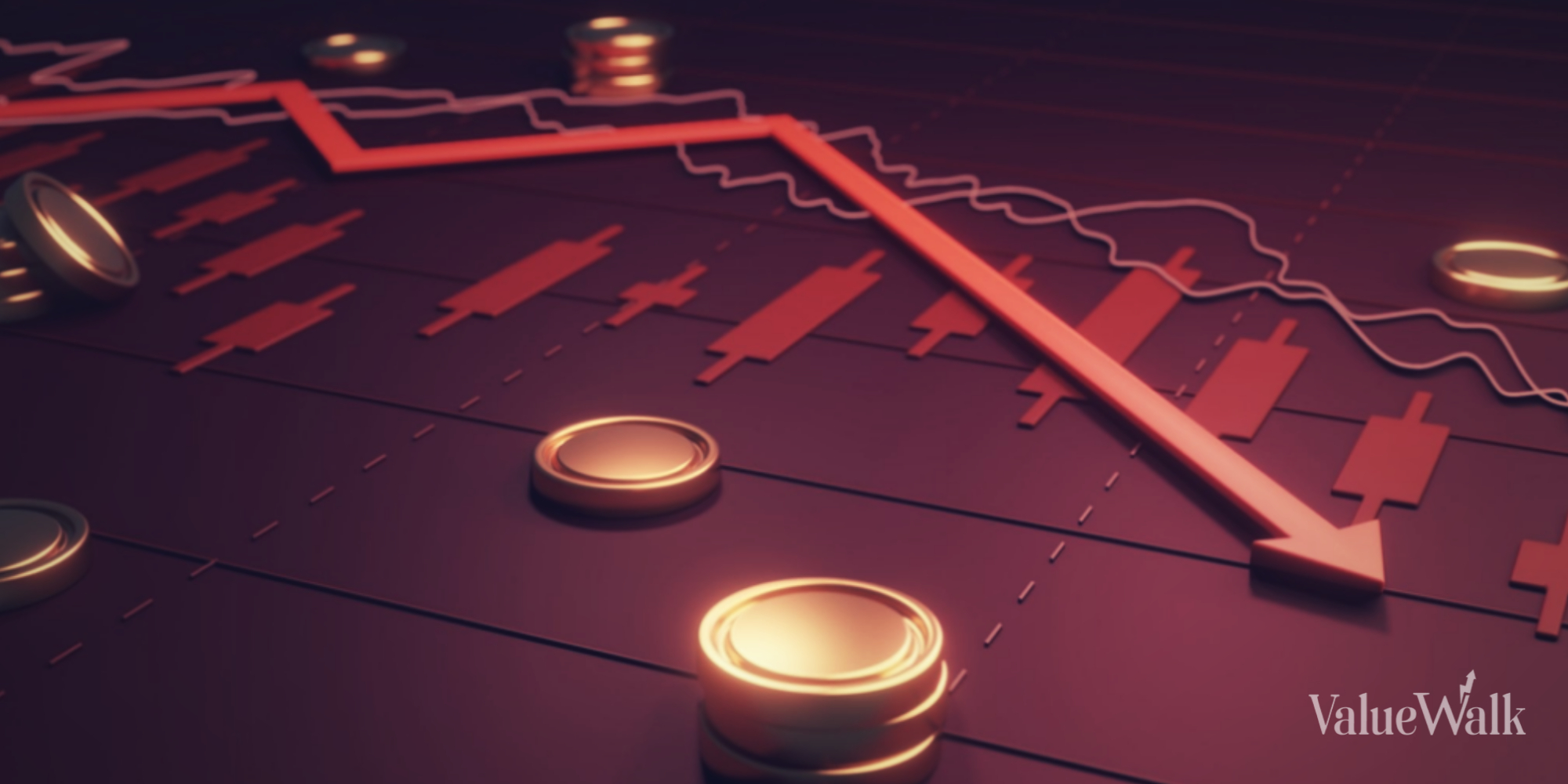Moon Capital Management’s presentation on Group 1 Automotive Driving Value in an Inflated Market from the ValueX Vail, June 24, 2015.
Group 1 Automotive
- Group 1 owns and operates auto dealerships
- Third largest dealership group in the U.S. retailing 275,000 new and used vehicles annually
- 104 US dealerships, 17 UK dealerships, 17 Brazil dealerships
- Market capitalization of $2.0 billion
- Recent valuation multiples
- ’15e P/E: 11.5x
Local Monopolies
- Dealers provided a great deal of protection in different states (receive long-term operating agreements because they are independently owned and capitalized)
- Franchise agreements provide geographic exclusivity in densely populated areas
- Law requires that the sales channel for new cars must be directed through the dealer network
- Manufacture paid maintenance service required to be completed at dealership
- Expensive OEM specific tools and diagnostics provide barriers to entry for service techs at independent shops
Economic Moat
Deceptively High-Quality Business
- Inventory is financed through vehicle floorplan notes payable from various OEMs
- Notes accrue like other types of borrowing, but OEMs extend “floorplan assistance” to offset the expense
- Little inventory risk as the OEMs provide retailers with significant incentives to move inventory and dealers are often paid to carry
- Dealership decline has improved the competitive environment
- Dealers down 20% over the past seven years
- GM allowed to rationalize its dealer network during bankruptcy (cut network by 30%)
Strong National Footprint
Business Mix
- New Vehicle- 54% of sales, 20% of gross profit
- Roughly $1,850 in gross profit per vehicle, with certain luxury vehicles bringing in more than twice this amount.
- These per car margins are lower than historical norms
- Used Vehicle- 30% of sales, 13% of gross profit
- Roughly $1,600 in gross profit per vehicle
- Unwanted cars sold at breakeven into the wholesale market
- Finance & Insurance- 4% of sales, 26% of gross profit
- Fees and spreads on car loans and leases
- Purely a fee-based earnings stream for arranging third-party financing, insurance, etc.
- Parts & Service- 12% of sales, 41% of gross profit
- The real profit center of the dealership
Finance & Insurance
- Pure margin business– Group 1 Automotive receives roughly $1,350 per unit for arranging financing, service, and insurance contracts
- Financing: 1/3 of F&I ($450) comes in the form of flat fees or financing spreads paid to arrange a loan
- Vehicle Warranty and Protection: 2/3 of F&I comes from fees earned from selling third-party extended warranty, vehicle service, and insurance products
Financing
CFPB - Headline Risk
- The CFPB’s intent is to monitor discrimination practices not set pricing—the CFPB agrees that dealers should be compensated for processing financing
- Any impact is limited to financing—dealer markups represent 1/3 or less of F&I income
- The expectation is that lenders will be forced to move from dealer reserves (interest rate markups) to flat fees
- Certain lenders including BMO Harris Bank in Chicago have moved to flat fees (3% of finance amount) with no change of consequence to dealer economics
- Dealer economics are unlikely to change as they will continue to choose which lenders get the financing business
Parts & Service (The Real Profit Driver)
- Gross margins run at 52% (half is service at 70-80% margin, half is parts at 35% margin)
- Trends in manufacture-paid maintenance have improved economics for dealers—since service is free to customers, the dealer retains the entire service stream
- Customers may look outside hometown for a new car purchase, but they are a captive customer for car servicing
- Price & Servicing is driven by the servicing base (0-5 year fleet)
Near-Term Catalysts: SAAR Rebound
See full presentation below.







